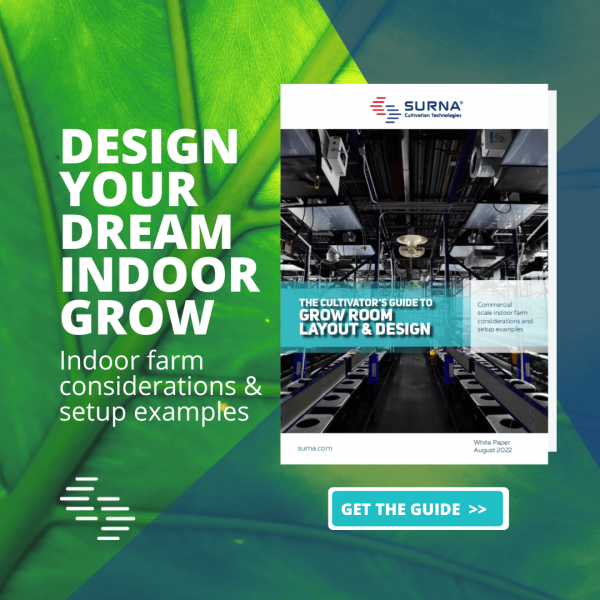The biosecurity of a cultivation facility is just as important as the physical security of the facility. The physical security includes measures such as locks, cameras, fences, lighting and more and is often, at least in part, required by law. Biosecurity includes measures such as air sanitation, dehumidification, cleaning procedures and more and is often not directly required, though can become an indirect requirement due to product testing and purity requirements.
While often less familiar than physical security, biosecurity (biological security) is no less important. Especially when growing for a medical market. Creating and maintaining a clean cultivation environment results in reduced pesticide and fungicide needs, a reduced risk of crop failure due to contamination and increased chances of passing any required lab tests.
Implementing an effective biosecurity system within in a cultivation facility comes down to being thorough and regularly assessing the effectiveness of both the procedures and equipment used in the quest for a biologically secure facility.
Routine assessments should be performed as often as possible, at least once a week but daily if possible, in order to catch any problems before they become critical. Routine checks also ensure the measures in place are actually working to prevent contamination within the facility.
Prevention is easier and cheaper than dealing with a contamination. A bleach wipe down of all surfaces costs less than 6 cents per wipe, whereas a crop failure or recall can cost tens of thousands of dollars and potentially create irreparable damage to your brand. Once a contaminant such as powdery mildew gets into a facility, it can be nearly impossible to remove.
Once biosecurity standard operating procedures have been established in a facility, routine checks both ensure they are working and that they are actually being followed. A large part of biosecurity comes down to relying on employees to follow proper procedure and routine checks ensure they will do so.
What to Look For
During your routine biosecurity checks, it is important to know what to look for. Here are the top things we see, but be sure to incorporate your own factors into this list.
- Are employees following standard operating procedures?
- Are equipment and tools being cleaned before use on a new plant?
- Is humidity at the correct levels? Are there any spikes throughout the day?
- Is water draining properly? Are there any standing pools of water?
- Are there any visible signs of pests or pathogens?
- Is the air quality at proper levels?
Routine checks will help establish a baseline for biosecurity and allow holes in the current system to be revealed before a bigger problem occurs. If at any point, your biosecurity is found to be lacking, call us and we can perform an analysis and help create a safer environment for your plants.

